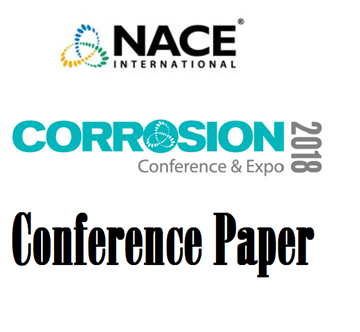Search
Products tagged with 'neural networks'
View as
Sort by
Display
per page
51318-11332- Intelligent Corrosion Monitoring System for the Management of Existing Steel Transmission Structures
Product Number:
51318-11332-SG
Publication Date:
2018
$20.00
Estimating Corrosion Rate Risk Distributions using Machine Learning and Geospatial Analytics
Product Number:
51320-14640-SG
Publication Date:
2020
$20.00


